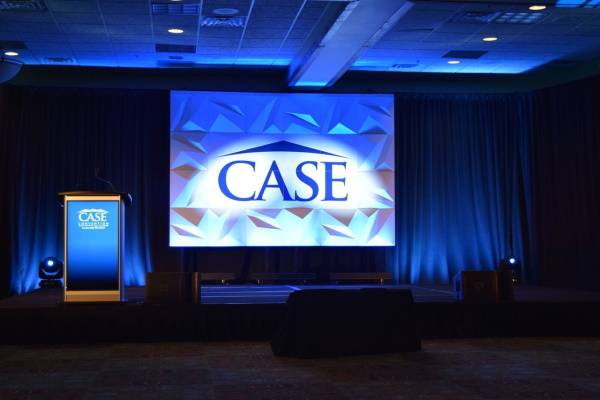Gathering supervision is an important consideration of preparing and facilitating activities where considerable crowds of people assemble. Whether it’s a live event, recreational game, or fair, ensuring the protection and satisfaction of attendees is paramount. Effective tactics can help event organizers create a secure environment while also enhancing the holistic experience for guests. This article will outline useful ways to accomplish successful crowd management.

Primarily, adequate planning is fundamental for effective crowd management. Event hosts should assess the space and setup to establish how many attendees can appropriately fit in the area. This involves adhering to emergency protocols, egress points, and access provisions. Creating a clear plan that includes crowd control steps, such as fences and designated walkways, allows for unobstructed movement throughout the event. Additionally, having a clear schedule helps direct the flow of people, reducing congestion during crowded intervals.
Dialogue plays a vital role in keeping everyone updated and out of harm’s way during an event. Event planners should ensure that easily understood signage is present throughout the location, showing attendees to egress points, facilities, and medical tents. Assistants should be distinguishable and trained to guide guests with inquiries or matters. Using technology, like mobile platforms or real-time alerts, can also enhance communication by providing instant updates about any developments or emergencies. When guests feel informed, they are more likely to value their attendance.
An additional crucial plan involves crowd tracking and handling. Event team members should be positioned thoughtfully throughout the location to track crowd actions and act rapidly to any problems. Utilizing security staff can help deter potential conflicts and support a peaceful atmosphere. Additionally, leveraging crowd management devices like surveillance cameras can provide useful data into attendee traffic and safety hazards. By being proactive rather than responsive, organizers can handle situations visit this site before they intensify.
Risk management is another critical aspect of efficient crowd management. Event planners must have a clear plan in place for various urgent situations, such as injuries or extreme weather. This includes coaching staff on action plans and conducting drills prior to the event. Identifying key spots for first aid and ensuring that first aid kits are readily available can reduce harm during contingencies. Having an clear communication line with emergency services further boosts safety.
Lastly, seeking input from crowd members after the event can provide important data for future upgrades. Evaluations can help planners understand what was successful event safety and security planning and what aspects need focus regarding crowd management. Considering guests’ feedback allows for ongoing improvement and adjustment in organizing future events. By prioritizing safety while also promoting enjoyment, managers set the stage for well-run gatherings that leave enduring favorable memories for all participants.